Transboundary Teesta River flows the Eastern Himalayan landscape and is the fourth major river after the Ganges, Brahmaputra and Meghna in the Eastern South Asian region. It flows the entire length of Sikkim and carves out some of the profuse and verdant Himalayan temperate and tropical river valleys. As it flows down, the river forms border between Sikkim and West Bengal. It flows about 172 km in the hilly region of Sikkim and Darjeeling (India). The river criss-crosses for about 98 km in the plains of West Bengal (India) and another 134 km in Bangladesh before joining Brahmaputra in Bangladesh. As it traverses down, Teesta receives water from a large number of tributaries on either side of its course forming a complex and dynamic river basin and a unique eco-region often referred to as ‘Teesta Eco-region’.
Regional significance
Teesta Basin forms a part of the larger Brahmaputra Basin in the Eastern Himalaya. The river drains a total geographical area of about 12159 km². Around 2004 km2 of the basin (about 17 percent) area lies in Bangladesh with the rest being in India. The Eastern Himalaya is considered as an important global ‘biodiversity hotspot’.

The region besides being source of varied forms of natural/bio-resources also acts as a global ecological sink. The basin currently is home to more than 30 million souls representing several social groups in Sikkim, northern West Bengal (India) and Bangladesh. Starting from the Lepcha Tribe, Ethnic Bhutias and the Ethnic Nepalis in Sikkim-Darjeeling Himalaya to the agrarian communities of North Bengal and Bangladesh, the region is the source of livelihood for several socio-cultural groups. Moreover, the basin has been source of etho-cultural and ethno-religious basis for many social groups in Darjeeling-Sikkim region since historic past.
Further, Teesta is the primary source of water to the agricultural crops of the thirsty Northern Bengal and North Western Bangladesh. Besides, other associated livelihood options including rafting, sand/stone mining and fishing also have thrived across the basin since long. Teesta basin, therefore, provides significant human and environmental security to the region and its geography milieu.
Climate Change and Teesta’s Hydro Burden
Climate change has been at the centre of the debate for the changing Himalayan geo-environment. Scientists are repeatedly warning that the Himalaya are warming comparatively faster than their lowland counterparts. The rapidly warming Himalaya has led to an acceleration of various geomorphic processes, including melting of glaciers. The rapid melting of glaciers has further given rise to many potentially dangerous Glacial Lakes, in recent times. The changes in the geomorphic processes have been rapid and dam planners/engineers were unable to foresee their increasing intensity and frequency over 25 years ago when many of the dams in Sikkim-Darjeeling hills were planned.
In view of the inherent vulnerability of the Himalaya to various environmental, geomorphic and geologic process; scientists, researchers and activists had been warning about the unplanned and haphazard hydro development in Sikkim-Darjeeling hills for over two decades. The Governments, both Central and State, and development proponents, however, dismissed the concerns communicated through scientific reports, papers and other means as fear mongering. They hardly take researchers and research papers seriously. Science and policy hardly work in coordination in India. Consequently, Sikkim and Darjeeling catchment of the Teesta basin were dotted with many mega hydropower projects during much of the 2000s and 2010s. In fact, Sikkim today has one of the highest densities of hydropower projects in the country.
It is also important to understand that the Sikkim-Darjeeling Himalaya being a backward and less-researched region did not have long-term data on the table when many dams were planned and designed in the early 2000s. That is the reason why anti-dam activists often question the technical, environmental and human procedures followed by the proponents of hydropower dams in the Himalayan region including in Sikkim.
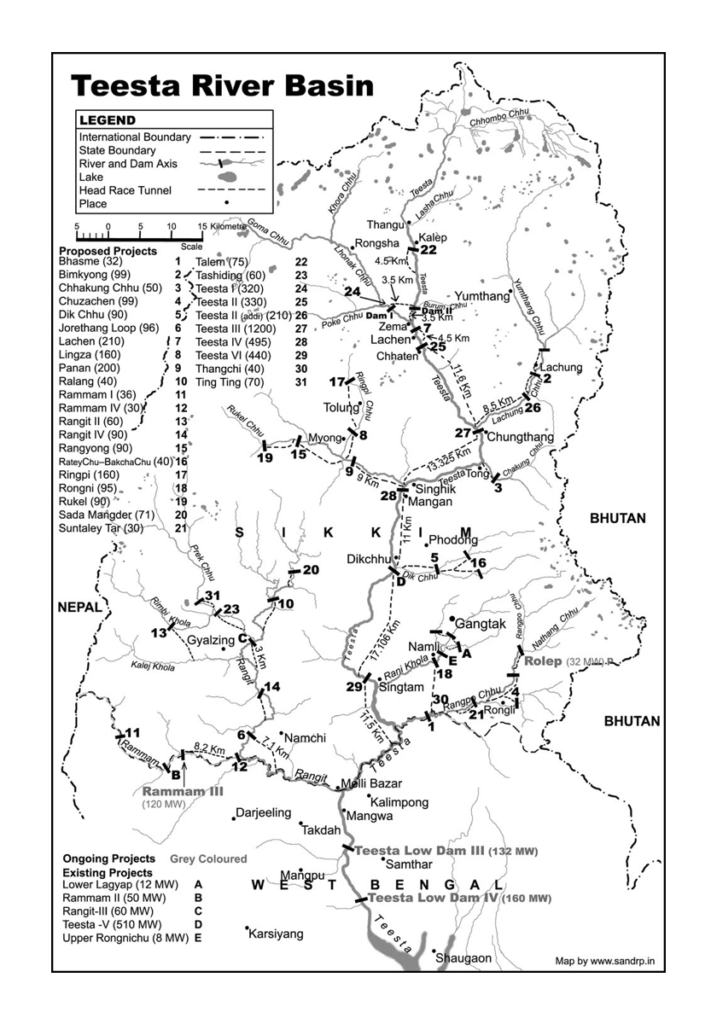
Approval to Reconstruct the washed away Teesta-III
On October 3, 2023, the South Lhonak glacial lake in Sikkim burst causing a Glacial Lake Outburst Flood (GLOF) and reportedly killing 179 people, displacing thousands, and affecting over 100,000 of the population in Sikkim and downstream Darjeeling hills. The flood also washed away the 1,200 MW Teesta-III Dam located 55 km downstream at Chungthang. The lake that outburst its dam was one among many potentially dangerous glacial lakes in the Sikkim Himalaya.
Less than 15 months after the GLOF ravaged major parts of Sikkim-Darjeeling Himalaya and washed away a 60-metre-high rockfill concrete dam of the 1200-MW Teesta-III hydel project, an environment ministry panel has cleared a proposal to build a new 118.64-m-high concrete gravity dam in its place. The proposal by Sikkim Urja Ltd, the project operator, was approved by the Environment Ministry’s Expert Appraisal Committee (EAC) on January 10. Reportedly, the EAC nod for the new dam comes in the backdrop of concerns the panel had itself raised over the structure’s safety and stability. The reconstruction plan broadly includes:
- New Design: The rebuilt dam will be a 118.64-meter-tall concrete gravity dam, replacing the previous concrete face rockfill dam. This change aims to provide greater resilience against flash floods and GLOFs.
- Increased Spillway Capacity: The spillway capacity will be significantly increased to handle potential extreme flood events, including those caused by GLOFs.
- Early Warning System: A robust Early Warning System (EWS) will be implemented to monitor glacial lakes and provide timely alerts for potential floods.
- Safety Measures: Worker safety will be improved by relocating the dam control room to a higher elevation.
However, Teesta-III dam reconstruction plan has faced significant criticism from the experts and antidam activists primarily due to concerns about safety and environmental impact following the devastating glacial lake outburst flood (GLOF) of October 3, 2023 that destroyed the dam.
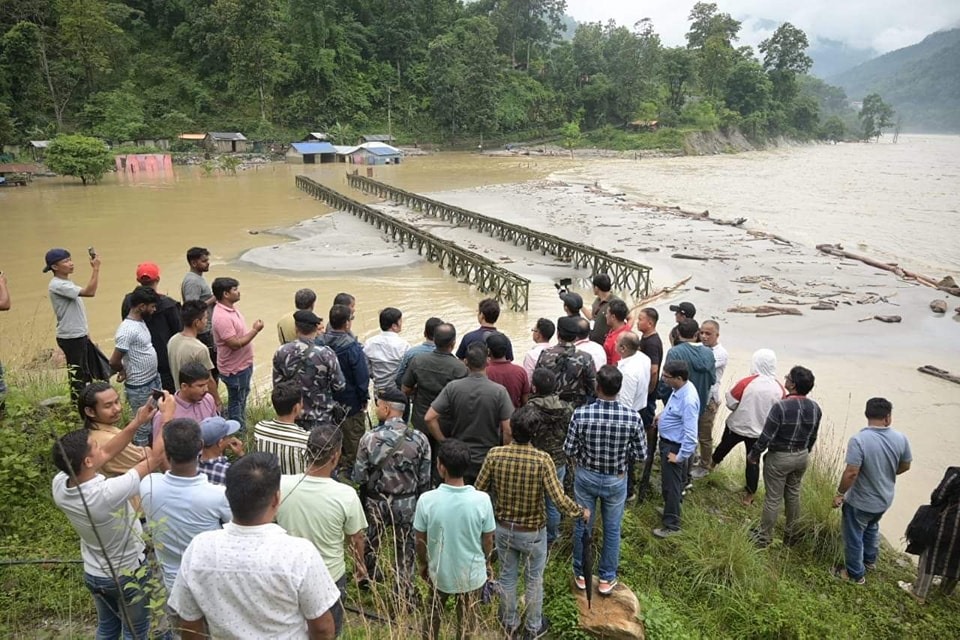
Major points of criticism may be highlighted as under:
- Safety Concerns: Critics argue that the reconstruction plan does not adequately address the risks of future GLOFs, especially given the increasing frequency of such events due to climate change. They point out that the new dam design, while claiming increased spillway capacity, lacks sufficient credible data to validate these claims.
- Lack of Updated Assessments: The environmental ministry has approved the reconstruction without insisting on updated environmental and hydrological assessments, including a revised probable maximum flood (PMF) assessment, which is considered crucial in light of the changed circumstances.
- Bypassing Public Hearing: The decision to bypass a fresh public hearing is seen as a disregard for democratic principles and the rights of the local people, especially considering that the previous hearing was held in 2006 and does not reflect the current realities or the impact of disasters.
- Impact on Fragile Ecosystem: The reconstruction in a fragile Himalayan ecosystem raises concerns about long-term environmental consequences and the safety of the people in the face of potential future GLOFs and similar disasters.
- Community Concerns: Local communities have raised concerns about the project’s impact on their lives and livelihoods, as well as the potential risks of living downstream from a large dam.
Transboundary Issues
As an international river, there have been serious issues on table with regard to the management and sharing of its water between India and Bangladesh. Besides several existing and proposed mega hydro-dams in the Sikkim-Darjeeling catchment, the Government of West Bengal has diverted almost entire Teesta Water via artificial canals at Teesta (Gajoldoba) Barrage in Jalpaiguri to irrigate its thirsty North Bengal leaving little or no water for Bangladesh. It has led to the glaring decline in the basin water in the lower catchment (Bangladesh) resulting in large-scale protests against India across the spaces of Bangladesh including Dhaka. Further, in the absence of reliable data and official agreement, technical issues regarding the quantity, division and share of the waters has become the bone of contention between India and Bangladesh. We need to understand that upstream water usage determines downstream options in water management and therefore sets the stage either for conflict or cooperation. In this regard, experts often project that the next 20- 25 years shall witness depressing intra and inter-State water disputes if policy makers both in India and Bangladesh do not come up with viable solutions for the sustainable management and sharing of Teesta Water.
Discussion and ways forward!
Many argue that the October 03- 04, 2023 disaster was a direct result of insufficient spillway capacity and failure to account for GLOF risks in the original dam design. There are concerns about the accountability of financial institutions that are bankrolling the reconstruction project, given the environmental and social risks involved. Many are also calling for the decommissioning of the dam altogether, citing the immense impact it has had on local communities and ecosystems including downstream impacts and ensure that appropriate measures are taken to minimize these effects and protect the environment and communities that depend on the river.
We need to take lessons from the largely human-made GLOF disaster of October 2023 and move ahead with caution taking into account the geologic and geomorphic specificities of the region. There is now a common voice in the region – no more dams. Sikkim should now concentrate on the efficient handling of the already constructed and commissioned hydropower projects instead of venturing into new ones. There should be proper human coordination and an Early Warning System (EWS) in place to manage its functional dams. A small mistake upstream shall have tremendous human and environmental impacts downstream as it is a common river basin that we share in the Darjeeling hills, North Bengal plains and parts of northwest Bangladesh. Sikkim needs to evolve a comprehensive regional hydropower policy in view of its unique regional environment, ecological setup and geography. Mainstreaming of Disaster Risk Reduction (DRR) and climate change with hydropower policy also needs to be prioritised. There is also an urgent need to re-look India’s regional water management/ diplomacy strategy and neighbourhood policy.

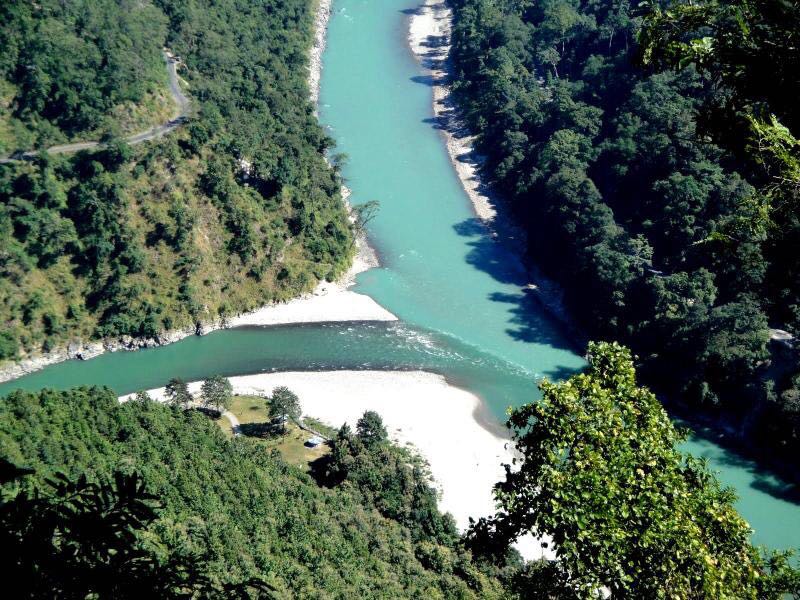


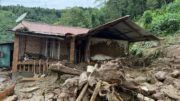
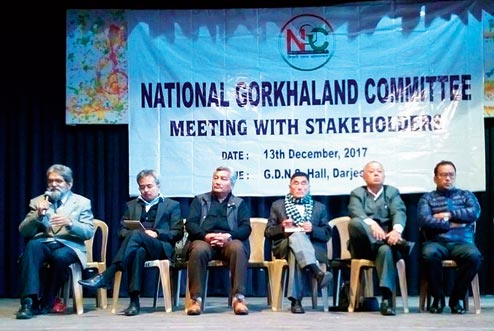
Be the first to comment on "Transboundary Teesta River – A Dilemma"